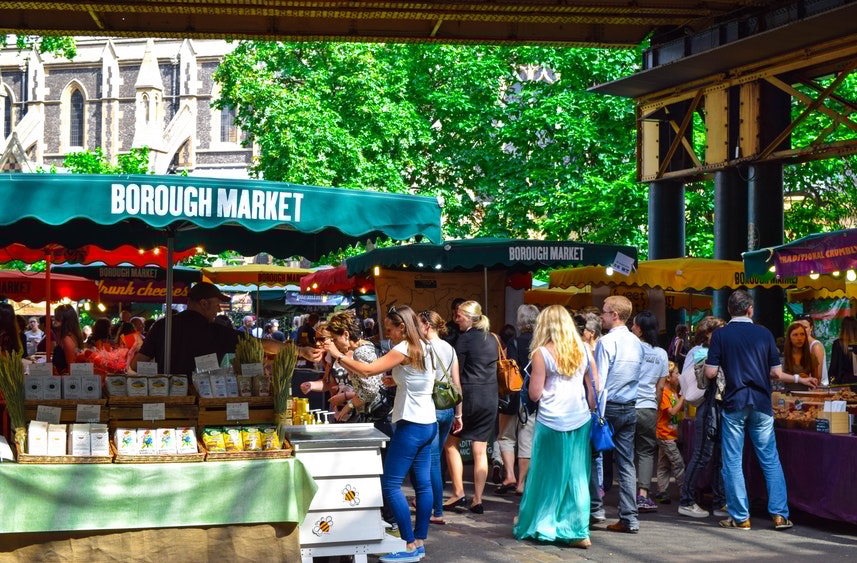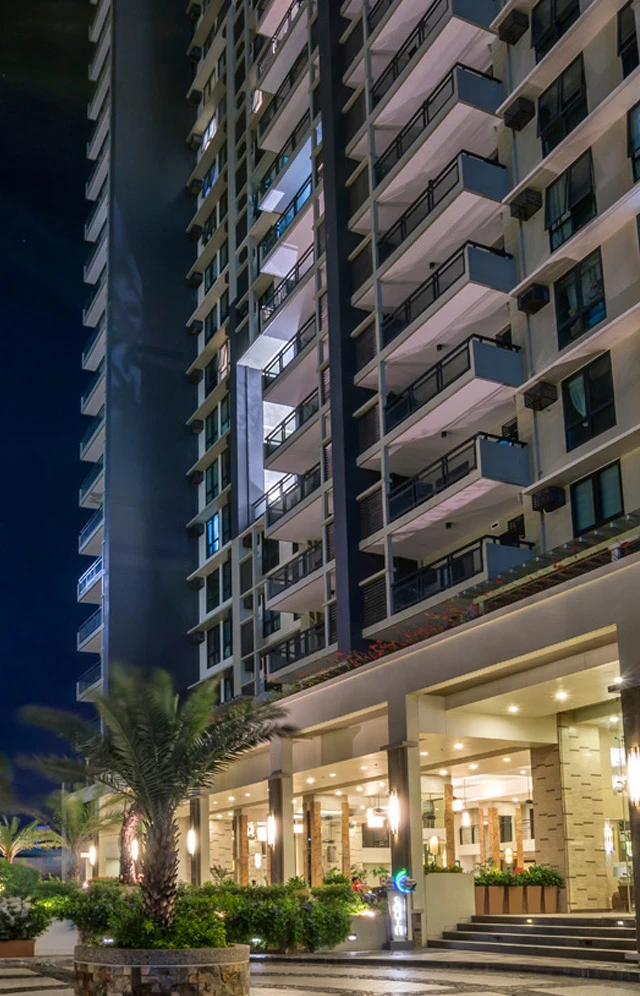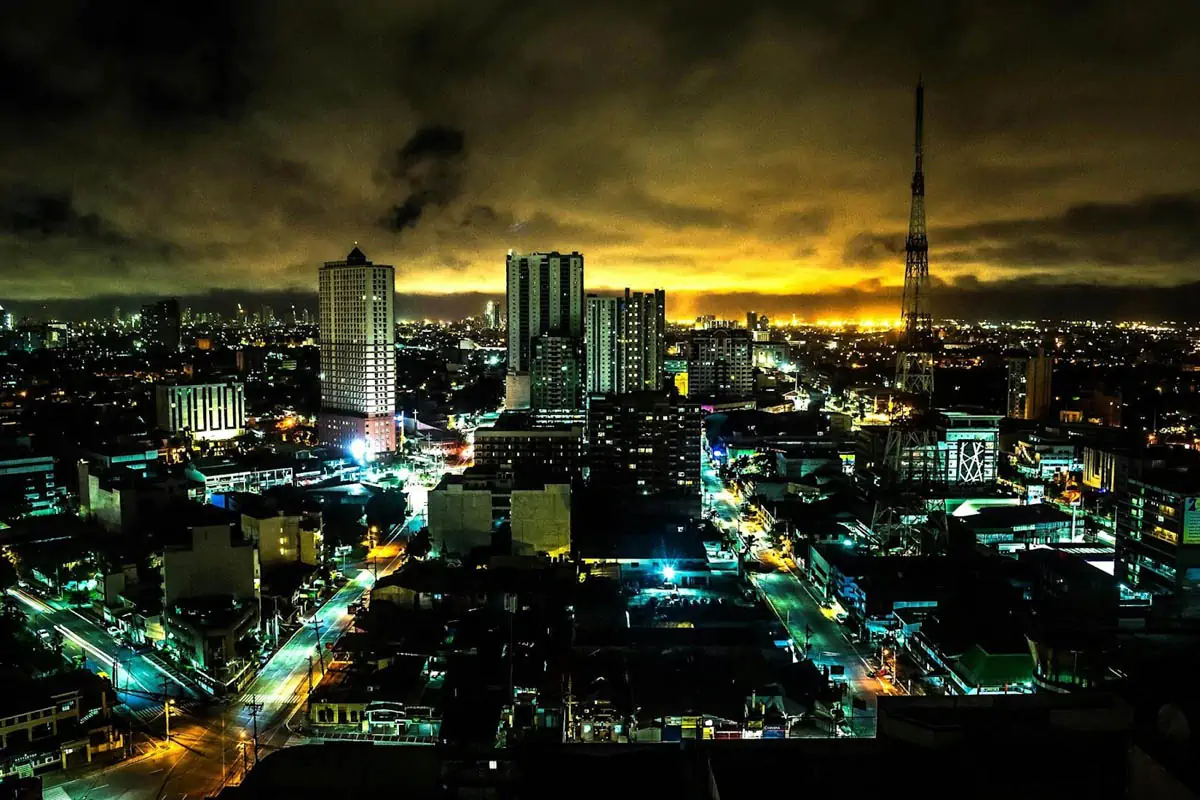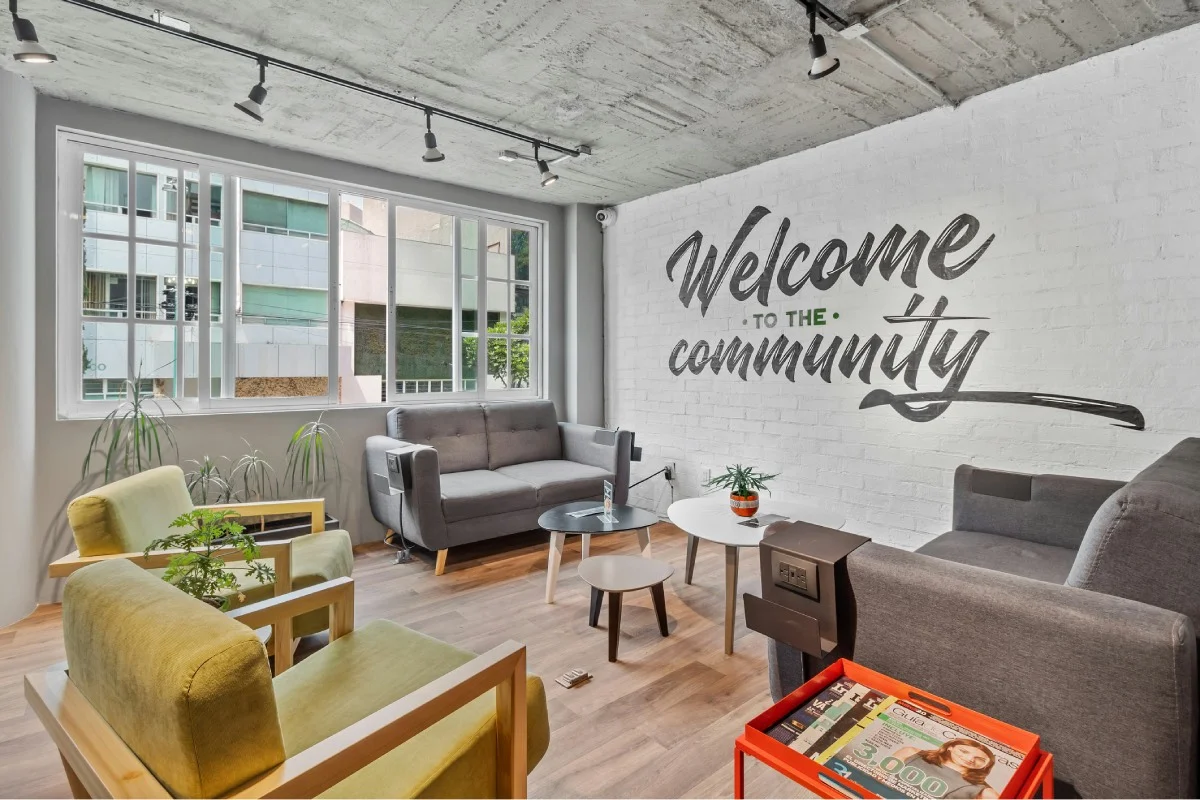Why should you organize a bazaar? Filipinos will be spending more over the next four years. According to Fitch Group’s BMI Research, real consumer spending in the Philippines may top Php 16 trillion by 2021, from Php 11.7 trillion this year. This is primarily attributed to economic growth and rising wages. A strong consumer spending is good for business and the economy. To reach out to the prolific spenders in the metropolis, you can hold your bazaar or trade fair in a premier events place in Taguig, Makati or Manila.
Start planning your bazaar by creating committees in your group with specific tasks. One team will be assigned to decide on the products and services to be showcased and another will be tasked to scout for event venues. There are affordable function rooms in Metro Manila that are perfect for small- and medium-sized occasions.
Here are 7 tips in organizing your own bazaar.
Lay the groundwork, designate tasks
Planning is key in the success of any endeavor. Set a meeting with your team to decide on essential matters such as the size of the event, the theme, the target dates of the bazaar, the number of vendors, and the approximate costs. Then, create committees assigned for major tasks such as reserving an events place in an accessible area in Manila, coordinating with vendors, pre-and post-event marketing, and setting up the venue. There should also be designated people who will work on the financial matters including funding and costing.
Choosing the right time and venue
When is the best time to hold a bazaar? Choose a date or dates when people are liquid (no school fees to pay), when it’s easy to move around (avoid the typhoon season), and when it suits your theme, if any (Valentine, summer or Christmas). Most bazaar venues need to get booked at least 3 months in advance. This can influence your decision in choosing the right time to hold your event.
Select a venue that is accessible to your target attendees. The Tent at Acacia Estates in Taguig is near the Makati CBD, Bonifacio Global City and major highways including C-5. The condominium residents in the 150-hectare Acacia Estates are potential attendees to your bazaar.
Selecting a theme

Photo courtesy of Mark Dalton via Pexels
Having a theme for your bazaar may be a double-edged sword. It can target specific attendees for the benefit of the vendors, but can alienate other potential buyers. You can have a fair participated by local producers from different regions or a summer-inspired bazaar of goods popular in the season. A theme can make marketing easier because you have a target group to reach. You can attract real buyers. However, setting a motif doesn’t mean that the offerings should be homogenous. If you’re showcasing regional products, you can invite vendors offering food and beverage, those producing locally-made clothing and home décor.
Reaching out to the vendors

Photo courtesy of Burst via Pexels
If this is your first time organizing a bazaar, you’d need to exert extra effort in finding vendors. You can visit shops and get to know then business owners. Make a record of businesses, their offerings and contact information. More than building a directory of vendors for your bazaar, you should establish a communication channel. You may not work together in an upcoming fair, but you there may be an opportunity in the future.
“Online social networking is good, but mingling in real time with existing tiangge businesses is even better when it comes to finding vendors for your bazaar. Go around and befriend vendors whom you can interest in joining your market,” the Entrepreneur magazine advises.
Marketing your event

Photo courtesy of Burst via Pexels
Thanks to social media, you can market your bazaar (almost) free of charge. More than a third of the global population is active social media users, according to latest figures. The Philippines is among the top 5 countries with the highest number of users of Facebook, YouTube, Twitter and Google+. If you want to reach out to the Filipino market, get into social media.
Do you need to market your event in all social media platforms? Not necessarily. Know the social networks your target attendees frequent. Facebook is popular among baby boomers, but if you want to reach millennials, Instagram is the place to be.
List your event in online listings and lifestyle blogs. You can also coordinate with chambers of commerce and the local government to help you promote.
Set an orientation with vendors

Photo courtesy of Startup Stock Photos via Pexels
What can go wrong during the event? A lot. Vendors may be stacking their booths with too much stuff or items that may be safety risks. Some may request for extra space during ingress while others may insist on booth amenities you cannot provide. To avoid these issues, it’s important to set rules and regulations, and to have an orientation with vendors days before the event. The guidelines should cover the ingress and egress, as well as rules on “no show.”
Seal future relations with vendors and attendees
Organizing a bazaar is a feasible business. With minimal capital, you can have a sustainable source of income. Both the vendors and the attendees are your customers. It’s imperative to establish a relationship with them for your future events. Keep the vendors happy by delivering your promises. The booths must be in the size stipulated in your contract and inclusions such as lights and power outlets should be provided.
Conduct a survey with the vendors and attendees on their thoughts about the event. You can gather responses via traditional paper questionnaires or an online poll in your Facebook page. Some fair organizers create a master list of attendees and provide copies to vendors. You can also use the list for SMS or email blasts for future events. Just make sure the attendees know and agree that their info will be used for marketing purposes.
How to organize your own bazaar? It takes meticulous planning, effective designation of tasks, and coordination. Choose a feasible date/s that will draw crowds who are real buyers. In looking for cheap events place in Metro Manila, consider its accessibility to your target attendees. Maximize social media platforms for your marketing initiatives, and conduct a post-event evaluation through surveyed responses from vendors and attendees. Identify areas of improvement for a better event in the future.










